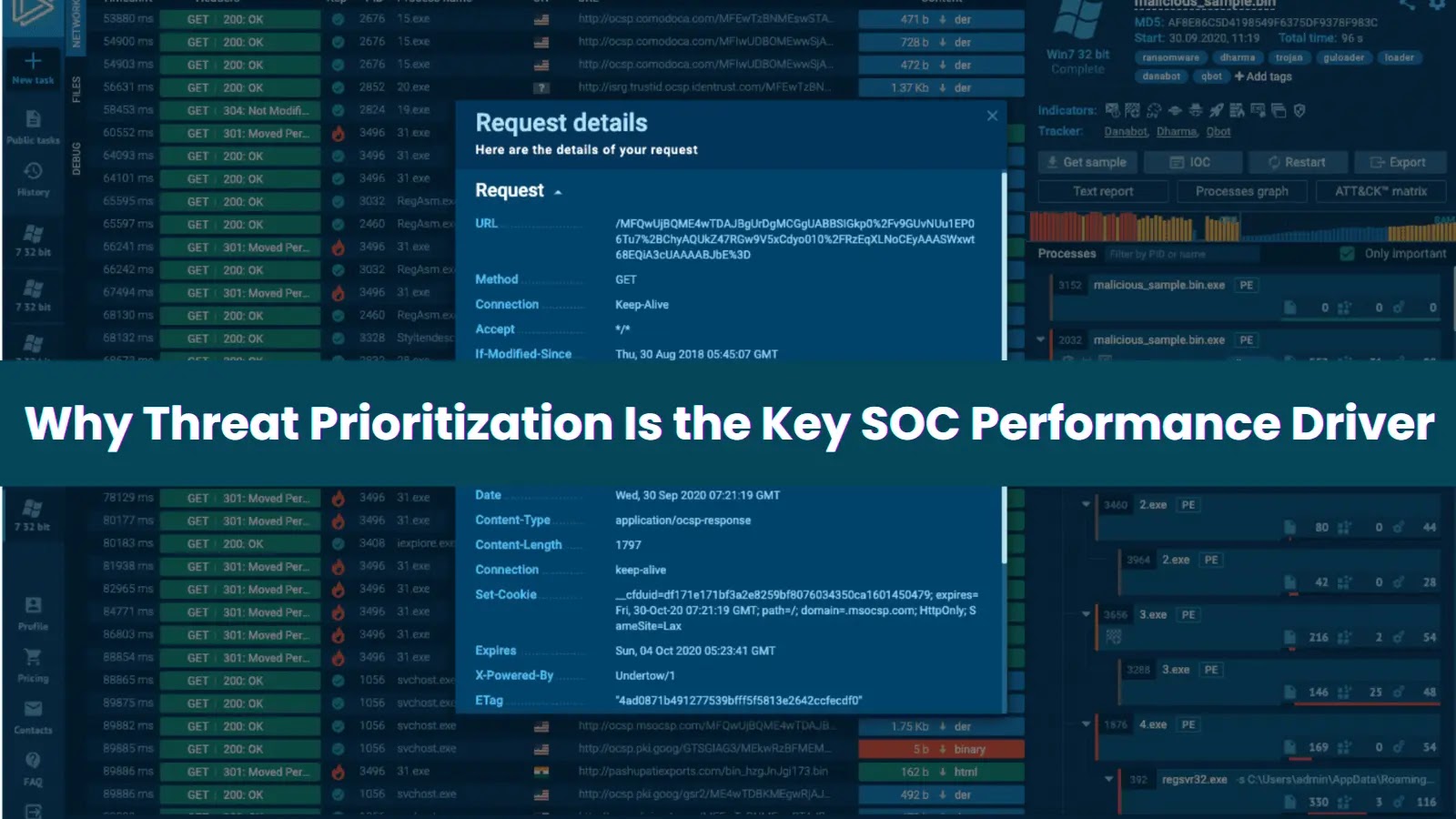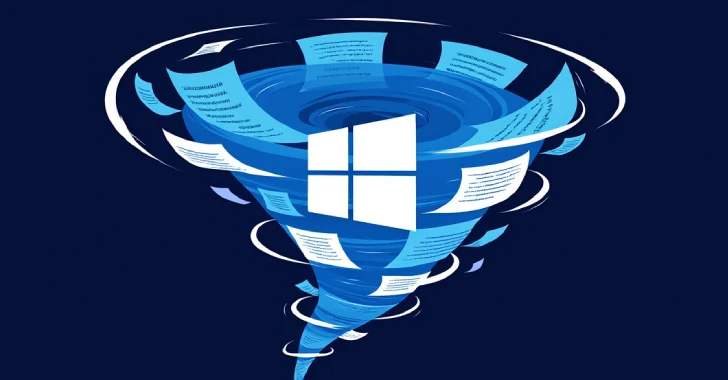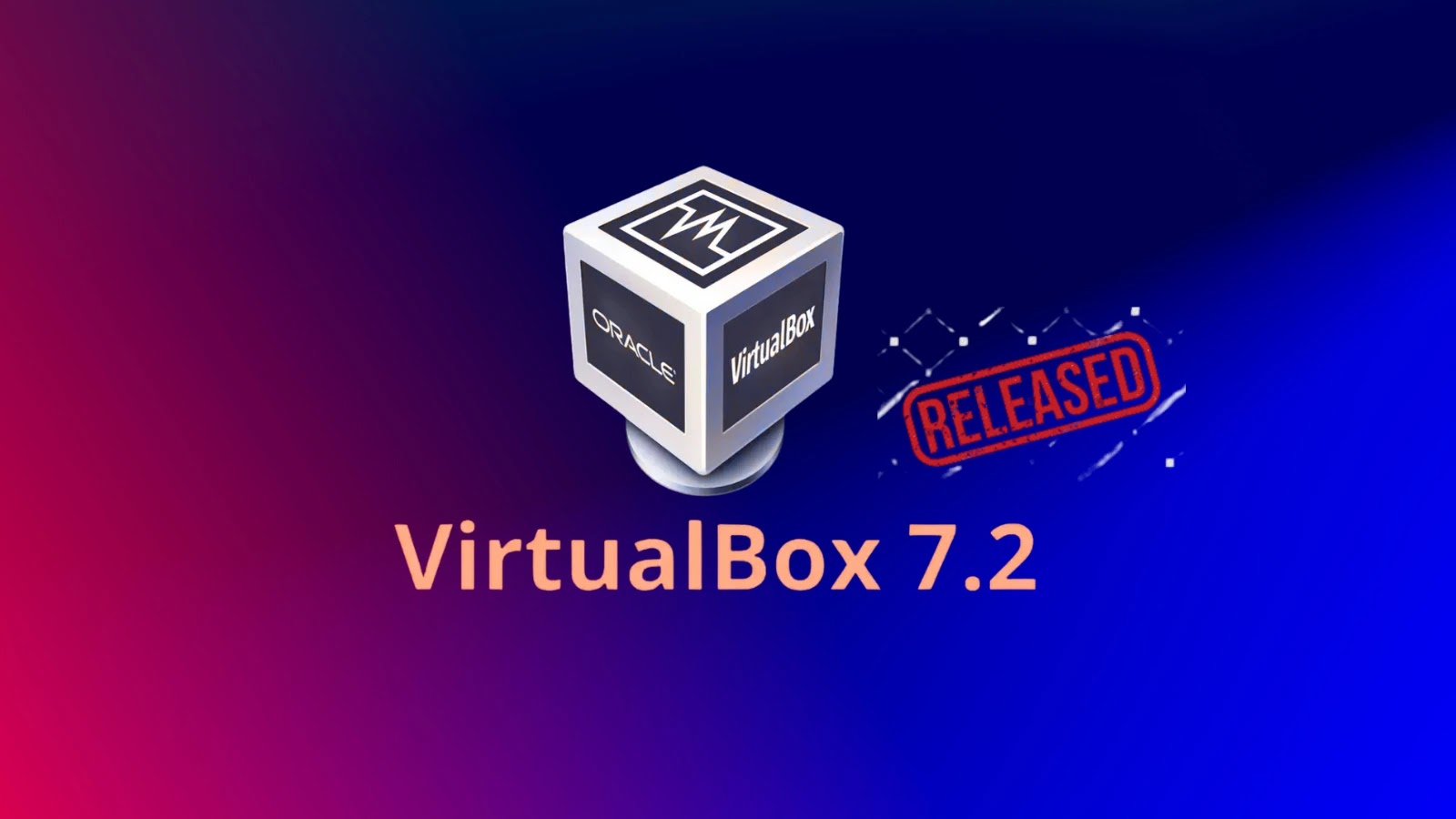In today’s digital landscape, Chief Information Security Officers (CISOs) confront a significant challenge within their Security Operations Centers (SOCs): an overwhelming influx of data and threat detections, coupled with limited resources to address them effectively. Daily, SOCs are inundated with hundreds of alerts. Without a robust prioritization strategy, teams may find themselves dispersed, potentially overlooking critical incidents that could escalate into substantial business risks.
The Consequences of Ineffective Alert Management
Neglecting proper alert prioritization can lead to several adverse outcomes:
– Increased Operational Costs: Analysts may expend valuable time investigating low-priority or false-positive alerts, diverting attention from genuine threats.
– Delayed Decision-Making: Without clear prioritization, critical incidents may remain unresolved for extended periods, increasing the organization’s vulnerability.
– Expanded Risk Exposure: Genuine threats can advance undetected, potentially leading to data breaches, financial losses, and reputational damage.
Ultimately, the efficacy of a SOC is not gauged by the sheer volume of alerts processed but by the speed and accuracy with which it identifies and mitigates the most significant threats to the organization.
The Imperative of Threat Prioritization
The cornerstone of an effective SOC lies in its ability to distinguish between critical threats and background noise. Prioritization ensures that resources—personnel, tools, and time—are allocated to areas of highest importance. Achieving this requires more than mere detection; it necessitates comprehensive context.
Understanding the context of a threat involves addressing key questions:
– Is the alert associated with an active campaign targeting our industry?
– Does it pose a potential financial or reputational risk?
– How does its urgency compare to other threats in the queue?
Without this contextual insight, SOCs cannot align their operational focus with the organization’s overarching business risks.
Leveraging Collective Intelligence for Enhanced Prioritization
Solutions like ANY.RUN’s Threat Intelligence Lookup revolutionize threat prioritization by aggregating data from over 15,000 SOCs globally. This platform creates a real-time intelligence ecosystem, offering comprehensive context about alerts, including severity, associated campaigns, observed behaviors, and fresh Indicators of Compromise (IOCs).
Access to such real-time intelligence enables SOC teams to:
– Accelerate Triage Processes: Analysts can validate alerts in seconds rather than hours, enhancing response times.
– Focus on High-Risk Incidents: By deprioritizing low-risk alerts, teams can concentrate on genuine threats, reducing dwell time and potential damage.
– Optimize Resource Allocation: Ensuring that investments in personnel and technology directly contribute to strengthening organizational resilience.
For instance, consider a scenario where a suspicious IP address appears in system logs. Utilizing Threat Intelligence Lookup, an analyst can quickly determine that the domain is flagged as malicious and linked to ongoing phishing campaigns powered by the notorious EvilProxy phishkit. This immediate insight allows for swift action, such as blocking the IP and initiating further investigation into potential compromises.
Transitioning from Reactive to Proactive Security Postures
Effective threat prioritization not only enhances the speed of SOC operations but also transforms their fundamental approach. Teams can shift from reactive alert processing to proactive threat hunting, focusing on developing defensive strategies rather than merely responding to incidents. This proactive stance leads to a significant reduction in Mean Time to Respond (MTTR) for critical incidents.
For CISOs, this operational transformation translates into tangible business benefits:
– Reduced Risk Exposure: By addressing high-priority threats promptly, organizations can minimize potential damages.
– Efficient Security Spending: Resources are allocated more effectively, ensuring that security investments yield maximum returns.
– Enhanced Team Morale: Analysts are less likely to experience burnout when they can focus on meaningful work, leading to higher job satisfaction and retention rates.
Conclusion
In the current threat landscape, success is not measured by the number of alerts a SOC processes but by its ability to swiftly and accurately address the most significant threats. Integrating threat intelligence-driven prioritization provides the context necessary to transform security operations from overwhelmed to optimized. Organizations that master intelligent prioritization, leveraging solutions like Threat Intelligence Lookup, can effectively cut through the noise and focus on threats that truly matter, thereby enhancing their overall security posture.



